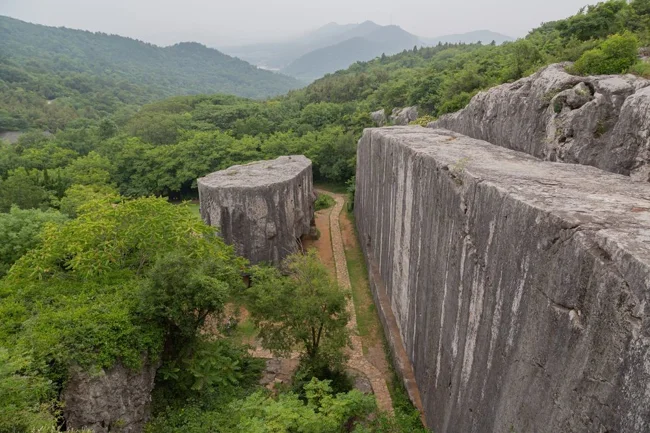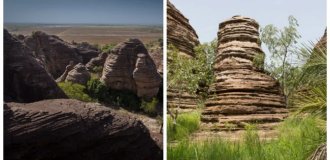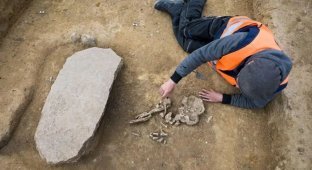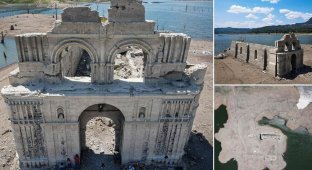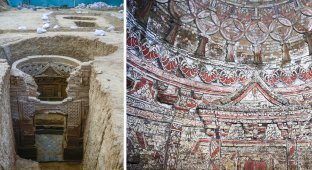Stone stele from the Yangshan quarry and its sad story (12 photos)
In the hills outside the old capital of Nanjing in southeastern China lies the ancient Yangshan quarry. Limestone from the Yangshan quarry has been used to build buildings, walls, and statues in and around the city since the Six Dynasties (early 3rd century to late 6th century CE). 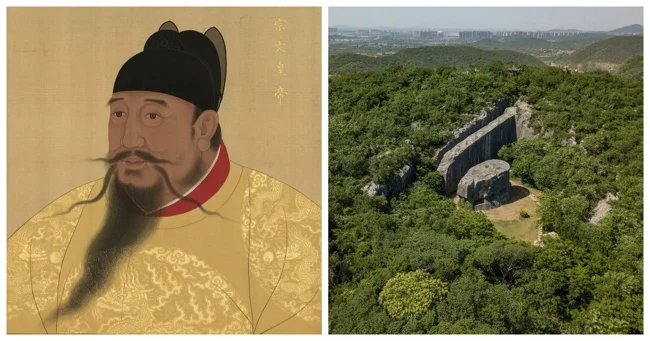
Especially after Zhu Yuanzhang founded the Ming Dynasty in 1368, Yangshan became the main source of stone for all the major construction projects that changed the face of Nanjing.
Today, the quarry is almost unknown, even among locals. However, people interested in Chinese history periodically visit the site to admire the size of the giant, unfinished stele that lies there, abandoned but not forgotten. 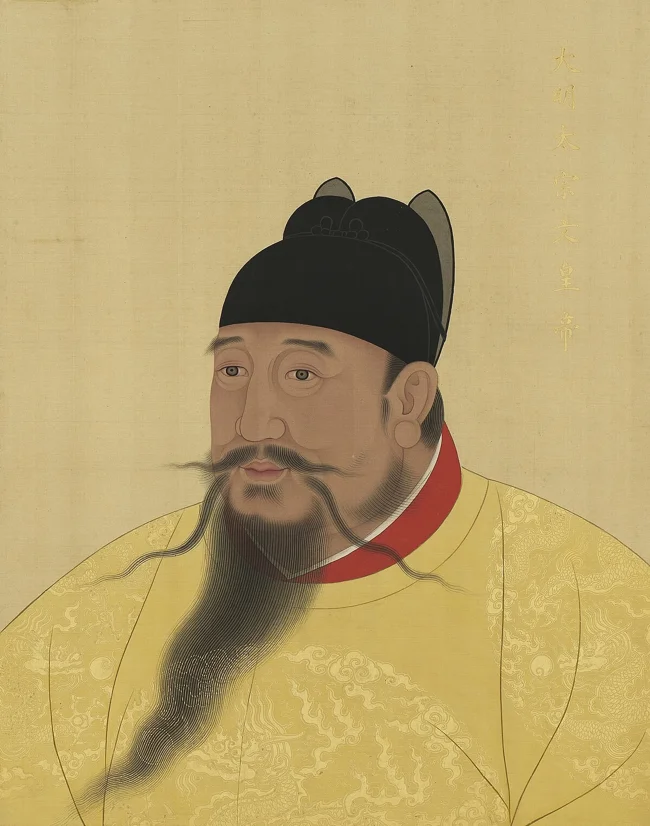
The Yongle Emperor
This stele was commissioned by the Yongle Emperor (real name Zhu Di) in the early 15th century to erect a monument on the grave of his father, Zhu Yuanzhang, the founder of the Ming Dynasty. The Yongle Emperor was one of the great Chinese emperors, but he was also known for his inhuman cruelty: he tortured and killed anyone who rebelled against his rule. Like his father, Zhu Di was particularly fond of the torturous method known as "death by a thousand cuts," in which a knife was used to systematically cut off body parts over a long period of time, causing the person to bleed to death. Zhu Di punished not only the criminal, but also his family and extended family, killing grandparents, parents, uncles and aunts, brothers and sisters, children, nephews and nieces, grandchildren, and all cohabitants of any family. 
Fang Xiaoru
Yongle became emperor in 1402 by rebelling and overthrowing his nephew Zhu Yunwen. When Yongle invited the Confucian scholar Fang Xiaoru to write an inaugural address, Fang flatly refused. When the emperor demanded that he write an address, Fang took a piece of paper and wrote, "The Bandit Yan is a usurper." Fang was threatened with the execution of all nine degrees of kinship, to which he boldly replied, "Never mind that it is nine! Ten would be fine with me!" 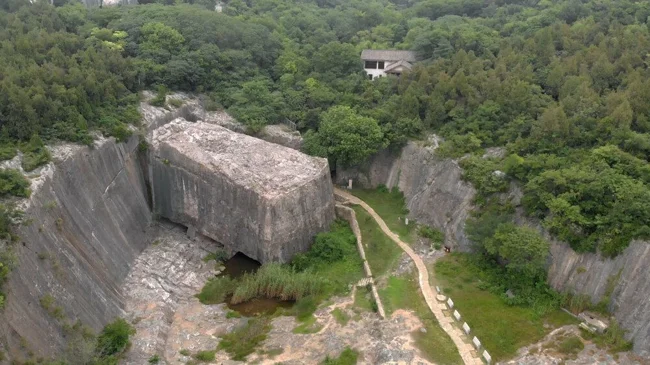
Fan's wish was fulfilled. Along with his entire family, all the former students and peers that Emperor Yongle's agents could find were included in the tenth group. In total, it is said that about 870 people were executed. Fang himself was cut in half. According to legend, before his death, he dipped his finger in his own blood and wrote the word "usurper" on the ground. 
In 1405, Emperor Yongle ordered a giant stele to be carved in the Yangshan quarry. The stele was to consist of three separate parts - a rectangular base, a tall and flat body, and a head. Yongle wanted the monument to his father to be the largest in China. The dimensions he gave his court engineers were staggering: the base was to be 16 meters high and 30 meters long on each side, the body was to be 50 meters high, and the head was to be another 10 meters. If the stele had been finished and assembled together, its height would have been 73 meters.
Thousands of workers spent years clearing the slope and cutting the rock out of the mountain. According to legend, workers who failed to produce the daily quota of rubble were executed on the spot. In memory of all those who died on the construction site, including those who died from overwork and disease, the nearby village became known as Fengtou, or Burial Mound. 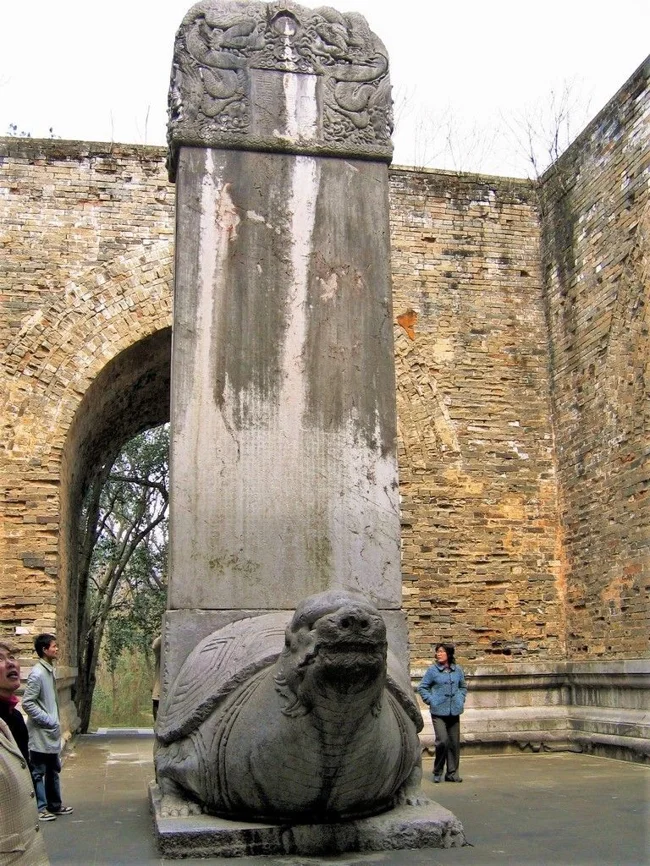
After enormous expense and backbreaking labor, the three sections were almost completely cut out of the mountain. Then the engineers realized the folly of their emperor - they could not move the giant steles, weighing a total of 31,000 tons, from the quarry to the burial site. The project was eventually abandoned, and the Yongle Emperor had to settle for a much more modest slab. It was installed in the Xiao Mausoleum in 1413. It consists of a stone turtle supporting a carved stone stele topped with intertwining dragons. The stele is only 9 meters high, but it is an impressive monument nonetheless. 
Sure, the Yangshan Quarry Stele was a fool's errand. But the Yongle Emperor did some great things for China. He ordered the repair of the Grand Canal, which connected northern and southern China. He moved the capital from Nanjing to Beijing, where he built the Forbidden City, a monumental architectural structure that became the residence of Chinese emperors for centuries. He was also responsible for the construction of the Porcelain Tower of Nanjing, considered one of the wonders of the world until its destruction by the Taiping rebels in 1856. Yongle also promoted maritime exploration, most famously through the voyages of Admiral Zheng He, which expanded Chinese influence into Africa and the Middle East. 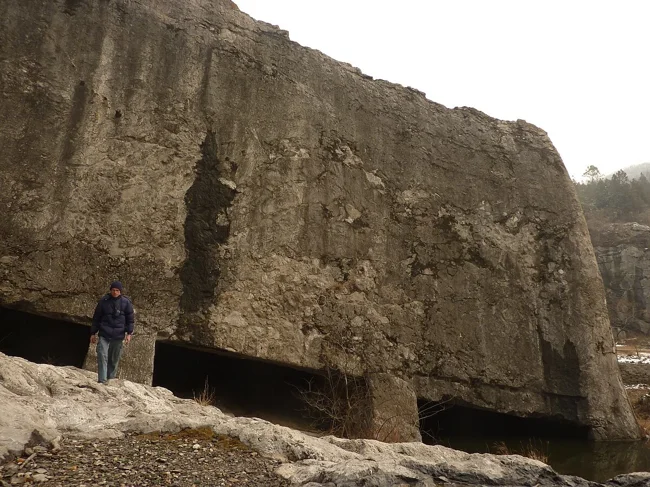
The Yongle Emperor's reign was marked by both remarkable achievements and brutal cruelty. His contributions to China's infrastructure, culture, and global influence are undeniable. However, brutal purges and strict loyalty meant that dissent was punished swiftly and harshly, leaving behind a complex and contradictory legacy. An abandoned stele at Yangshan Quarry serves as a reminder of his ambitious endeavors and indelible impact on Chinese history. 
